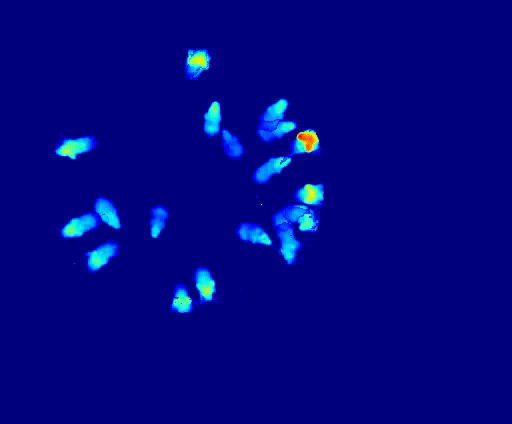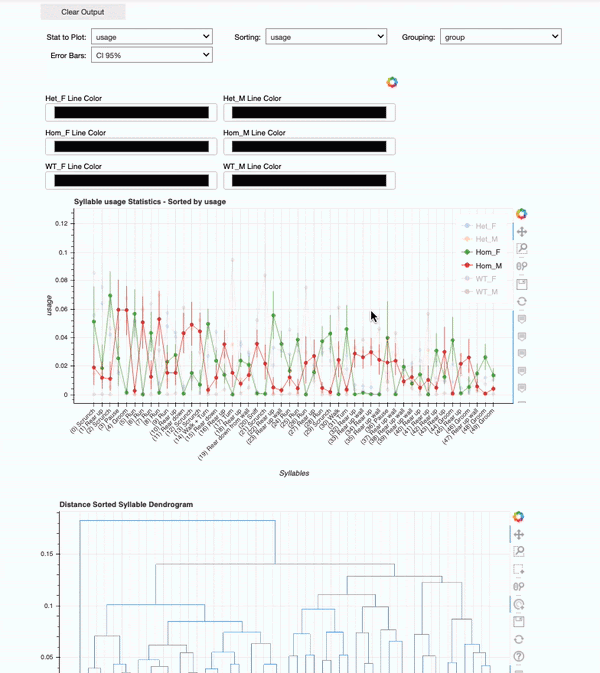MoSeq2-App
A software package for sequencing rodent behaviors.



The Software pipeline is broken down into 4 steps: Extract, PCA, Modeling, Results Visualization.
The MoSeq2 toolkit enables users to model rodent behavior across different experimental groups, and measure the differences between their behavior usages, durations, transition patterns. etc.
This package contains interactive jupyter notebooks that are tailored for novice programmers to process their depth videos of rodents, and segment their behavior into what is denoted as "syllables".

Visit Our MoSeq2-App GitHub Page
Our GitHub page contains all the information required to setup and run MoSeq.

Click on the image to see more details and other use cases.
MoSeq can be used for a variety of use cases; from identifying fine-grained behavioral effects of pharmaceuticals, to aligning behavior modules with neural signals.
We provide sample Google Colab notebooks to test out the entire MoSeq pipeline.
Interactive end-to-end MoSeq2 data processing pipeline.
Interactive toolkit for MoSeq results analysis.
Random Forest Classifier Training notebook for handling different mouse types.
dattalab@hms.harvard.edu
Reach a current main developer:
Ayman Zeine - a.zeine.96@gmail.com
Sherry Lin - sherrylin42@gmail.com
Winthrop Gillis - wgillis@g.harvard.edu